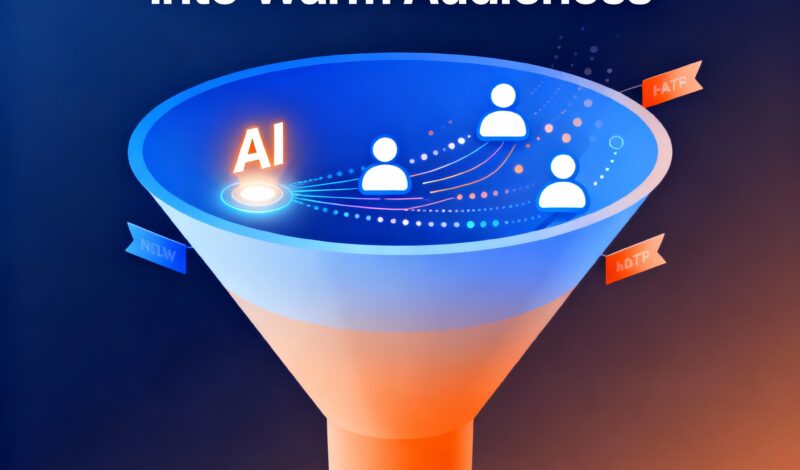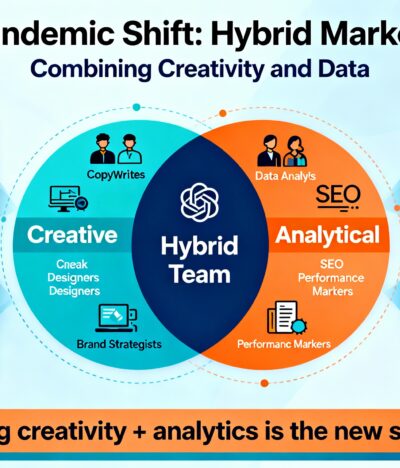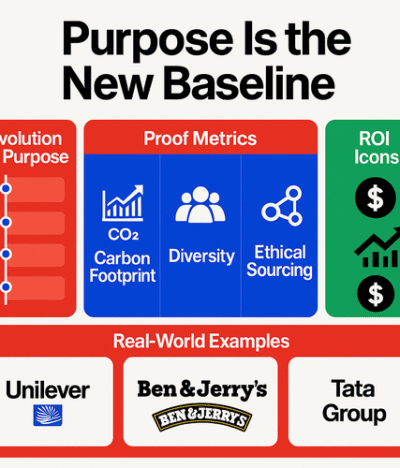How AI Transforms the Cold-to-Warm Journey
AI in marketing funnels isn’t just about automation; it’s about amplification. Therefore, by processing thousands of data points that humans can’t, AI-powered marketing funnels help marketers predict and act on intent at precisely the right time. Consequently, the cold-to-warm process becomes smarter, faster, and far more accurate.
Predictive Segmentation in AI-Driven Funnels
Instead of static segmentation like age or location, AI analyzes real-time behavioral data — browsing habits, engagement frequency, content type preferences, and even time spent on specific pages. As a result, marketers can group audiences based on intent probability rather than assumptions. For example, a user who reads multiple blog posts about pricing is far warmer than someone who simply follows your Instagram page. Additionally, AI continuously updates these groups as behavior changes, ensuring every message aligns with the user’s stage in the journey.
Personalizing Content with AI at Scale
AI tools analyze patterns in what resonates with different audience clusters. This means someone discovering your brand may need educational, bite-sized content, such as a quick “how-it-works” video or infographic. Meanwhile, a warm prospect might prefer testimonials, case studies, or free trials. By doing so, AI in marketing funnels delivers personalized content automatically at scale. Furthermore, the system constantly learns which tone, visuals, and channels drive the best engagement, allowing your message to land with precision every time.
Real-Time Intent Prediction for Smarter Targeting
AI systems track engagement signals like click paths, scroll depth, or video completion rates. These micro-behaviors, therefore, act as intent triggers that show how close someone is to conversion. For instance, if a cold visitor spends two minutes comparing products, AI recognizes them as a high-potential lead and triggers a follow-up email or retargeted ad. In turn, this real-time prediction converts passive browsing into active engagement long before a human marketer could react.
AI-Powered Automated Nurturing Journeys
With traditional funnels, nurturing is time-consuming — requiring multiple follow-ups, reminders, and manual segmentation. However, AI simplifies this with dynamic, automated workflows. Once a user shows interest, AI tools can send personalized emails with tailored recommendations, trigger remarketing ads featuring recently viewed products, or suggest the next best action, such as downloading a guide or booking a demo. Ultimately, these automations ensure every interaction feels timely, relevant, and contextual.
Expanding Reach With AI Lookalike Audiences
When cold audiences start converting, AI identifies shared traits among new warm leads. Afterward, it uses those traits to find “lookalike” prospects who mirror your best customers. Consequently, this expands your reach with higher-quality prospects who already display signals of interest or alignment with current buyers. In addition, using AI in marketing funnels keeps your top-of-funnel consistently filled with audiences more likely to warm up quickly.



